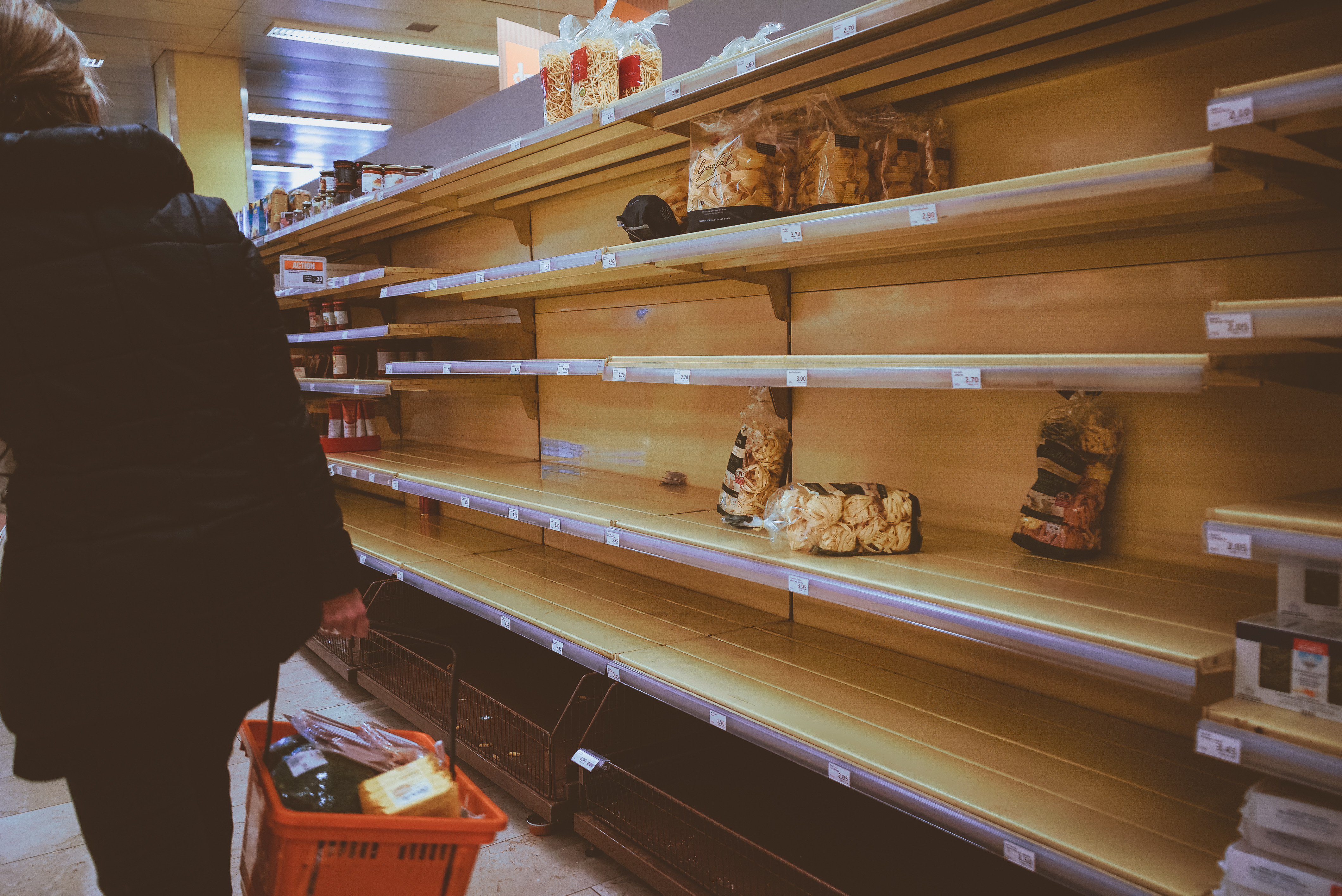Talking better product launch and allocation decisions with Ferrero USA
The global confectioner mitigates waste, improves service levels and controls costs by connecting digital supply chain visibility with POS analytics.
Keep readingTo say that the global supply chain isn’t going easy on consumer goods brands is an understatement. Across industries, companies of all sizes are facing pressures due to the rising costs of materials, alongside never-ending delays getting their products to the right place at the right time.
In today’s supply-constrained environment, making sure your products are on the shelf when and where consumers want them is more critical than ever.
Out of stocks are the silent killer of profits in the consumer goods space, costing brands hundreds of millions of dollars a year according to NielsenIQ. Add to this the fact that last year, 76% of consumers switched brands due to of stocks according to McKinsey and Company, and you have a very real threat to market share that every brand selling into retail should be taking seriously.
In lieu of today’s urgent challenges, we’ve compiled a list of our three most popular articles on mitigating out of stocks:
Real-time point-of-sale (POS) data is a must for a good demand forecast. But even POS doesn’t always fully capture true demand as it only reflects what shoppers actually purchased. It doesn’t tell you what was desired, but not purchased because your product was not available.
If you don’t account for these out-of-stock events by adjusting the data set going into your models, they can’t learn from the mistake and you’re doomed to repeat it. This article lays out the three main methods for adjusting the data to incorporate out-of-stocks into your demand forecasts — exclusion, imputation, and flagging.
During the summer of 2021, 65% of consumers have switched brands “often” or “very often,” according to Food Dive. Among shoppers who made a switch, only 36% said they would return to the original brand. The message from consumers is clear: If you’re not on the shelf, your brand is at risk of not just losing one sale, but a lifetime of sales.
Our seven-step process for identifying out-of-stocks and quantifying lost sales is a quick roadmap for how to begin mitigating these problems, including advice on how to:
During the pandemic, Nutella has seen a dramatic increase in consumer demand that Ferrero, an Alloy customer, just can’t meet. Although it’s a good problem to have, it requires making supply-constrained decisions about who’ll receive it. The question for VP of Supply Chain Glenn Lawse then becomes: “They’re all ordering, but who really is sitting on the supply, and who has zero or major in-stock problems at the retail level?”
In situations like these, it’s critical that they dig deeper to prioritize orders and fulfill not based on who’s the bigger customer or what orders come first, but who really needs it.
“The ability to have immediate visibility into [partners’] inventory is one level beyond anything we’ve had in the past… maybe we used something else that told us POS generically at the end state, but to not be able to tell what’s happening up and down that supply chain really puts you at a disadvantage.”
-Glenn Lawse, VP of Supply Chain @ Ferrero USA
What’s more, while it’s common to talk about a customer as a single entity, it’s actually of course many stores and distribution centers. For example, Walgreens may need product, but Ferrero can see if it’s only in certain areas of the country, which have both the highest sales turn and in-stock problems. They can then use that granularity to make smarter allocation decisions.
Read more about how Ferrero saw 7X ROI and apply their tips to your business.
Are you ready to dig into the nitty gritty of using out-of-stocks in forecasting? In a previous article we talked about the three main methods of incorporating out of stocks into your forecasts — imputation, exclusion and flagging.
In this article we’ll describe situations in which you should use each method. Your chosen approach impacts the data you need and forecasting models you can use, which we’ll discuss too. Getting this data preparation right might seem like a lot of work, but it helps ensure you’re using the best demand signals to build forecasts.
See how leading consumer goods brands Detect, prioritize and resolve this threat to your brand’s market share. With the Alloy platform you can:
See it in action:
The global confectioner mitigates waste, improves service levels and controls costs by connecting digital supply chain visibility with POS analytics.
Keep readingOn Time In Full is a top supply chain management KPI. Learn how to use relevant data to spot "problem children" and strengthen performance.
Keep readingWhether you're launching into new stores or new doors, this guide is the digital-savvy and direct-to-consumer brand's playbook for success in their retail channels.
Read now